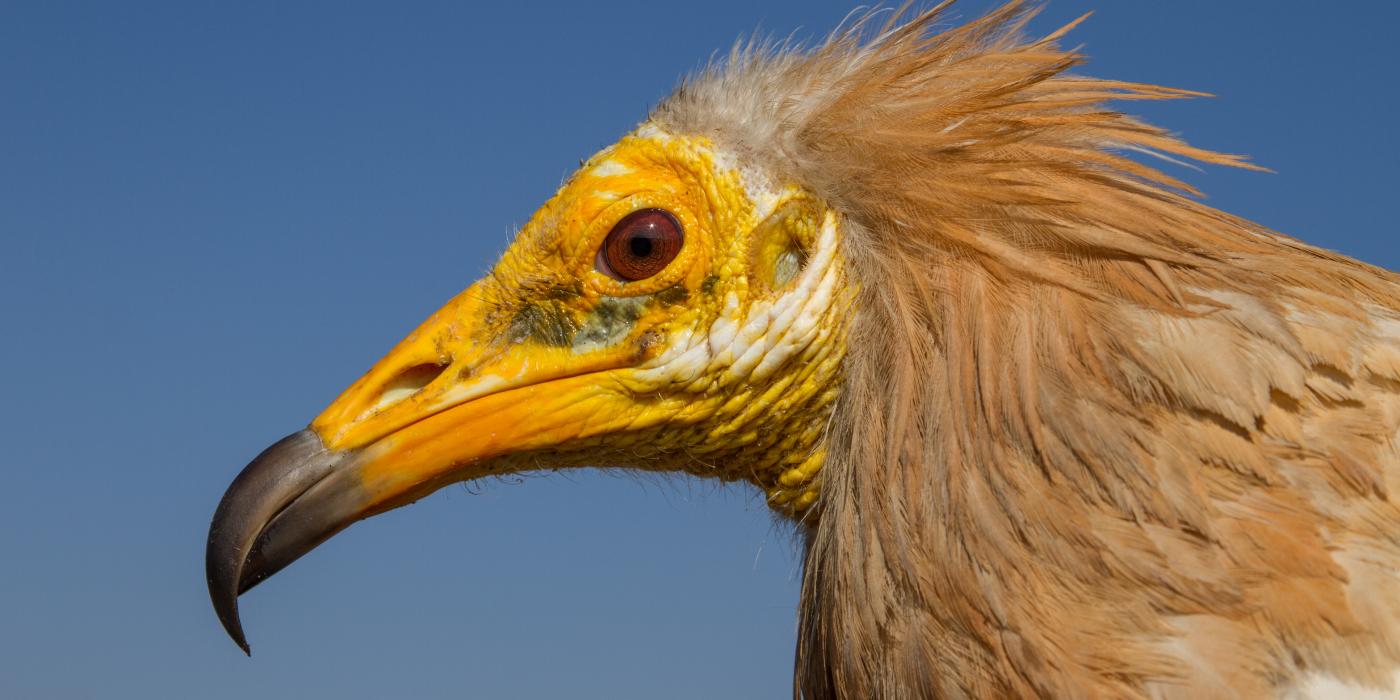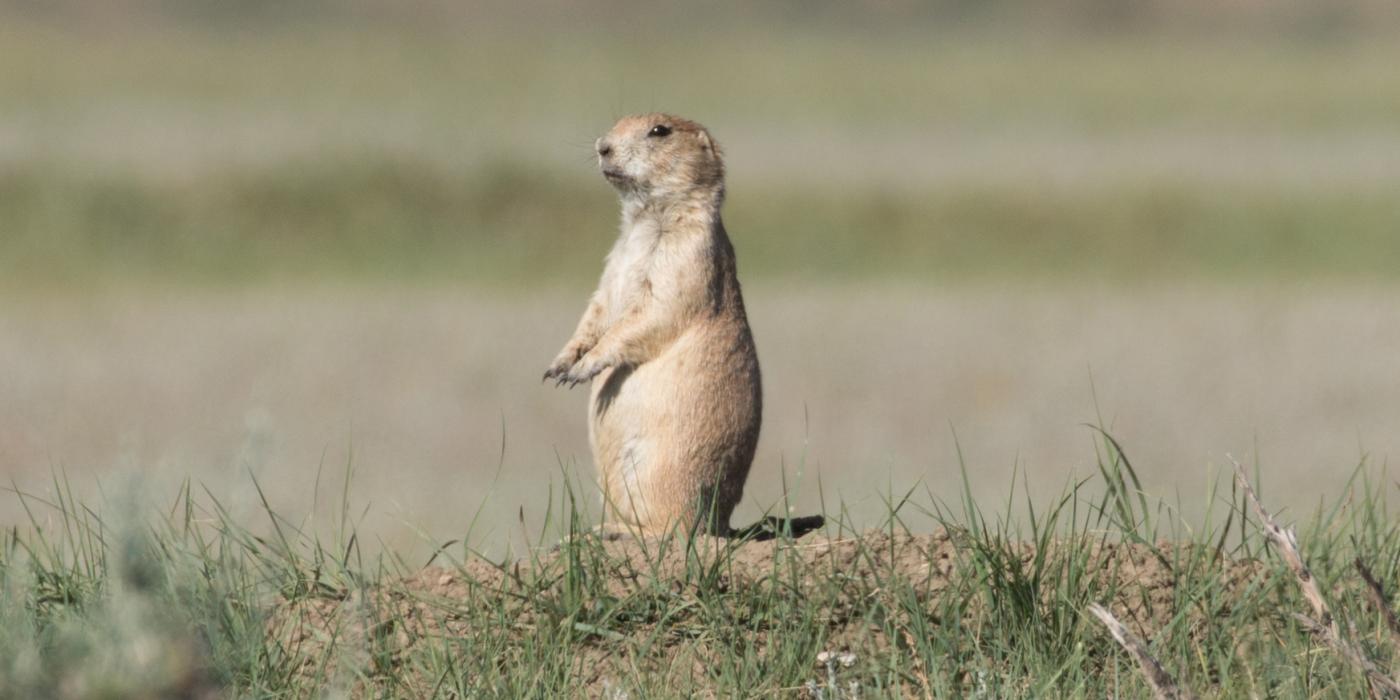Largest Study of Egyptian Vultures Reveals Great Variation in Migration Routes and Overwintering Locations
Egyptian vultures from Eastern Europe migrate twice as far as vultures in Western Europe to their wintering grounds in Northern Africa largely to avoid crossing large waterways, which do not have as many reliable thermal currents as routes over land. The largest study of the vultures’ migrations was published in Frontiers in Ecology and Evolution and co-authored by a Smithsonian Migratory Bird Center scientist and other partners.
The study tracked Egyptian vultures across approximately 70% of their range through 44 countries. They found high migratory connectivity between subpopulations but low connectivity within subpopulations across the vulture’s entire wintering range. Since the species is endangered, it is important for scientists to understand what kinds of obstacles they encounter during their migrations to better protect them and the areas where they are spending time.
“This study is an excellent example of scientific collaboration, with input from 11 research projects and 31 organizations,” said Evan Buechley, co-author of the paper and postdoctoral fellow with the Smithsonian Migratory Bird Center. “This enabled us to investigate the ecology of this endangered species across 70% of its global distribution. Our findings illuminate great variation in migratory behavior, including timing, duration, speed, and efficiency of migration, as well as the major overwintering destinations for the species in Africa. This information is vital for understanding potential drivers of population declines, as well as for targeting conservation actions.”



